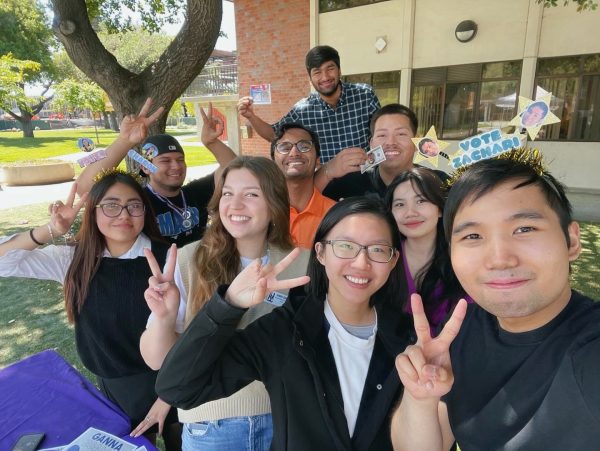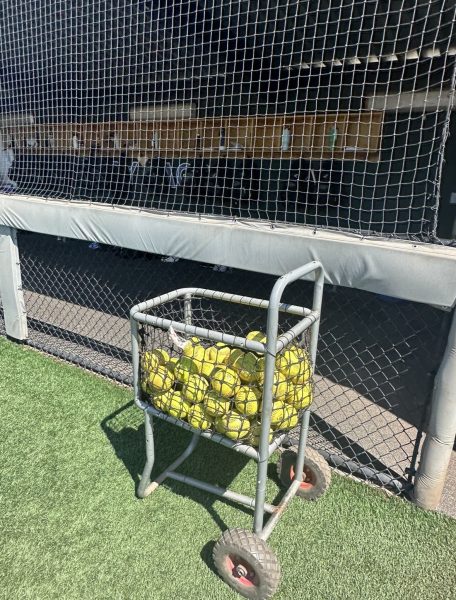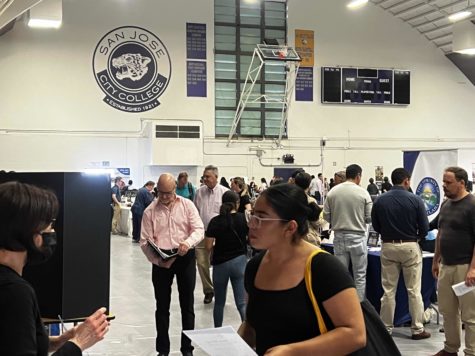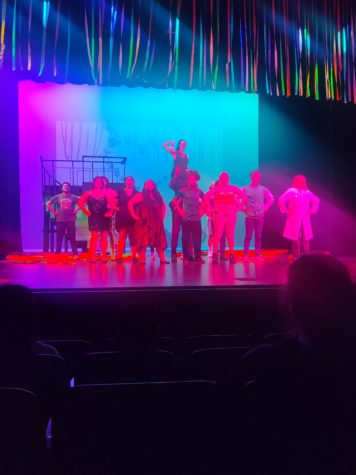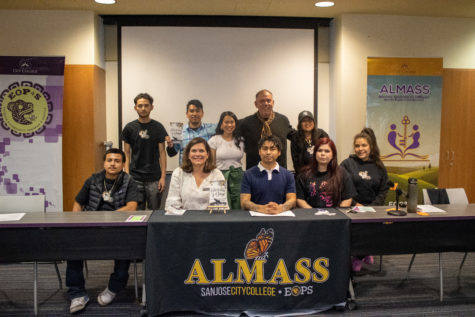SJCC Medical Assisting Program prepares students for administrative and clinical careers
Graduates will be equipped for a career in the healthcare industry
The Medical Assisting Program takes two years to complete for full-time students working toward an associate’s degree.
Students working through the Medical Assisting program at San Jose City College will be equipped for a career in a field that is growing at an exponentially quick rate: healthcare.
Two different certificates are offered in the medical assisting program: a Clinical certificate and an Administrative certificate.
“Most students are now taking both administrative and clinical. There is an option where they can take both the administrative and clinical exam,” said SJCC instructor Rosemary Bautista. “Taking both administrative and clinical paths make students more employable. I personally advise students to take both.”
SJCC medical assisting faculty Jagrup Kahlon said it will take two semesters to complete the program in addition to an internship for students aiming to obtain a certificate.
For both the administrative and clinical aspects of the medical assisting program, classes consist of about half lecture and half lab, Kahlon said.
Lab days provide opportunities for students to apply what they learn during the lecture portion of class.
“It is a busy time. It is time to apply the theory into practice and to develop confidence with clinical skills,” said SJCC instructor Georgi Tatarski. “Students learn how to do clinical care in a proper way. Lab time is entirely hands-on time for the students. They practice vital signs and move on to particular procedures, but they have to develop hands-on proficiency.”
The program will take two years for full-time students working toward an associate’s degree.
“Students will develop very important professional skills in addition to practical skills such as administering injections and medications, performing electrocardiograms, obtaining patients’ vital signs, their chief complaints and their medical history,” Kahlon said.
Students will also learn how to draw blood and perform analytical tests such as glucose, lipid panels and urine analysis.
According to the U.S. Bureau of Labor Statistics’ website, employment in the field of medical assisting is expected to jump 23% by 2028.
“I believe medical assisting has a great future, and this is an area of employment with high demand. It is a rewarding career for entry-level health professionals,” Tatarski said. “It gives moral benefits to everyone who works in the medical field. You deliver care to those who need it. At the end of the day, everyone wants to have a significant impact on others.”
Your donation will support the student journalists of San Jose City College. Your contribution will allow us to purchase equipment and cover our annual website hosting costs.


